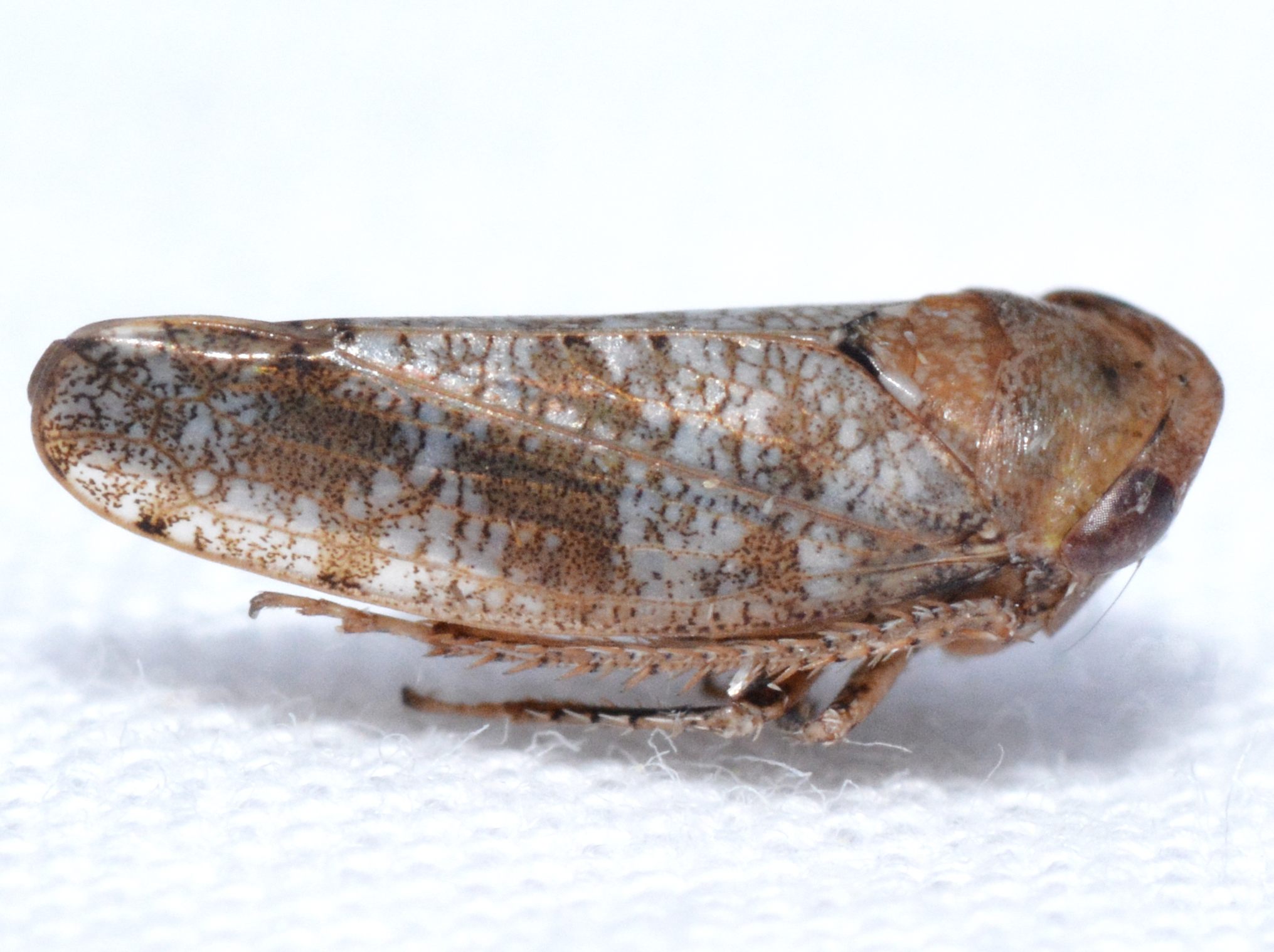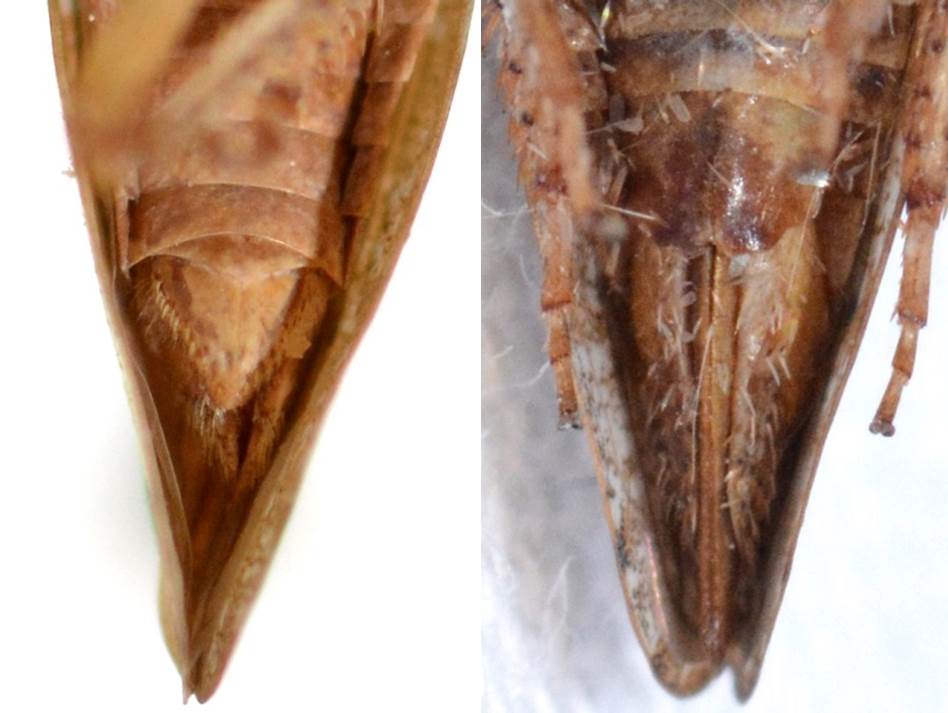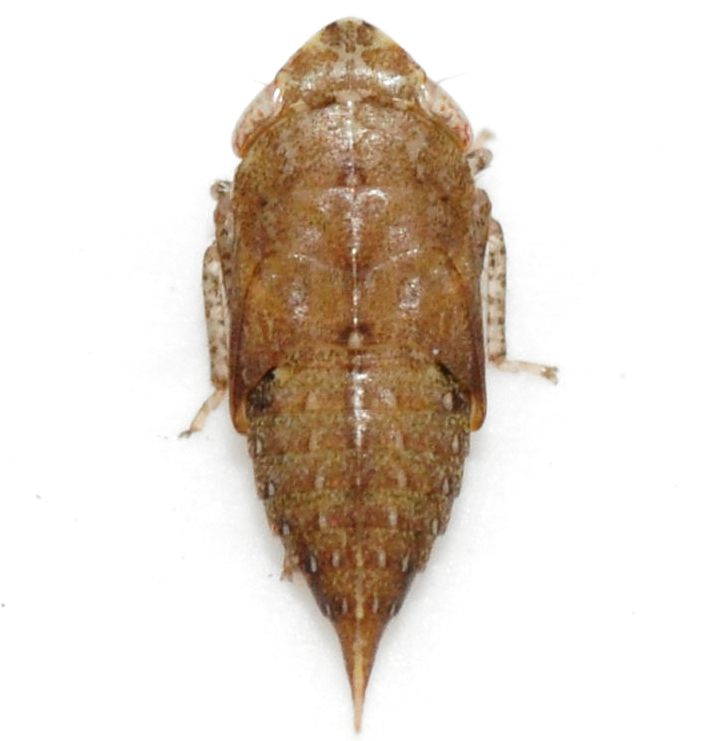
|
|
|
| synonym |
Pendarus paluster |
| description |
A somewhat large, bulky member of this genus. Adults are a dark orange-brownish color with faint, pale gray patches on the wings; some adults can appear purplish. The crown is slightly produced with a blunt point, and is angled towards the face at an almost perpendicular angle. The head and thorax tend to be an orange to brown color, whereas the wings are mottled with white and orange-brown. The male subgenital plates are somewhat short but triangular. The female pregenital sternite has broadly produced truncate median lobes and smaller lateral lobes on the posterior margin; the sternite is half as long as it is wide, and there is a small median notch with darker coloration on the sides. Adult males are 6.4-7.0 mm long, while females are 7.0-7.7 mm (Hamilton 1975)
Nymphs are a dark brown color, with a wide head and tapered abdomen.
For diagrams of this species, see: 3I. |
| distribution |
Southeastern United States |
| abundance |
Uncommon to rare, this species is infrequently encountered across its entire distribution. Recorded from several counties in the Piedmont and Coastal Plain, likely more abundant in the right habitat (should be found in the Coastal Plain). |
| seasonal_occurrence | |
| habitat |
Has been found in grassy areas and forest edge. |
| plant associates |
Pinus palustris (Hamilton 1975) |
| behavior |
Can probably be attracted at night with a light. |
| comments |
The nymph of this species is the same shape and color as the nymph of Pendarus (Remadosus) magnus, but the only species of this subgenus recorded from North Carolina is P. palustris (BG). |
status |
[Native:]
[Introduced:]
[Extirpated:] | | list_type |
[Official:]
[Provisional:] |
| adult_id | Unmistakable and widely known Identifiable from good quality photos of unworn specimens
Identifiable from photos showing undersides, or other specialized views [e.g., legs, face]
Identifiable only by close inspection of structural features or by DNA analysis NULL |
| nymph_id | Unmistakable and widely known Identifiable from good quality photos, especially where associated with known host plants
Identifiable from close inspection of specimens or by DNA analysis
Identifiable only through rearing to adulthood NULL |
| G_rank |
|
| S_rank |
|
| rank_comments |
|
| tribe |
Pendarini |
| subgenus |
Remadosus |
Species Photo Gallery for Pendarus palustris No Common Name |
 | Photo by: Kyle Kittelberger
Orange Co.
Comment: A nymph, this species is in the subgenus Remadosus. Found in mixed hardwood forest edge with grassy areas |  | Photo by: Kyle Kittelberger
Orange Co.
Comment: A nymph, this species is in the subgenus Remadosus. Found in mixed hardwood forest edge with grassy areas |
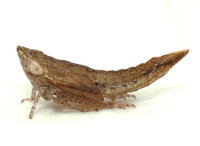 | Photo by: Kyle Kittelberger
Orange Co.
Comment: A nymph, this species is in the subgenus Remadosus. Found in mixed hardwood forest edge with grassy areas | 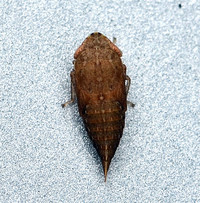 | Photo by: Paul Scharf
Warren Co.
Comment: NYMPH, Caught Sweeping |
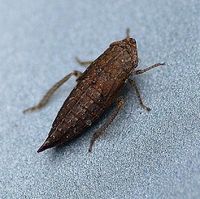 | Photo by: Paul Scharf
Warren Co.
Comment: NYMPH, Caught Sweeping |  | Photo by: Kyle Kittelberger
Out Of State Co.
Comment: NCSU specimen |
 | Photo by: Kyle Kittelberger
Out Of State Co.
Comment: NCSU specimen | 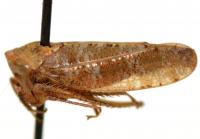 | Photo by: Kyle Kittelberger
Out Of State Co.
Comment: NCSU specimen |
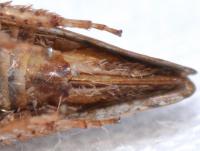 | Photo by: Bo Sullivan
Pender Co.
Comment: female, 7.4 mm; photographed by K. Kittelberger | 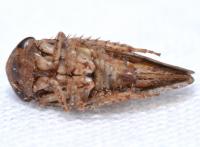 | Photo by: Bo Sullivan
Pender Co.
Comment: female, 7.4 mm; photographed by K. Kittelberger |
 | Photo by: Bo Sullivan
Pender Co.
Comment: female, 7.4 mm; photographed by K. Kittelberger |  | Photo by: Bo Sullivan
Pender Co.
Comment: female, 7.4 mm; photographed by K. Kittelberger |
|

 »
»